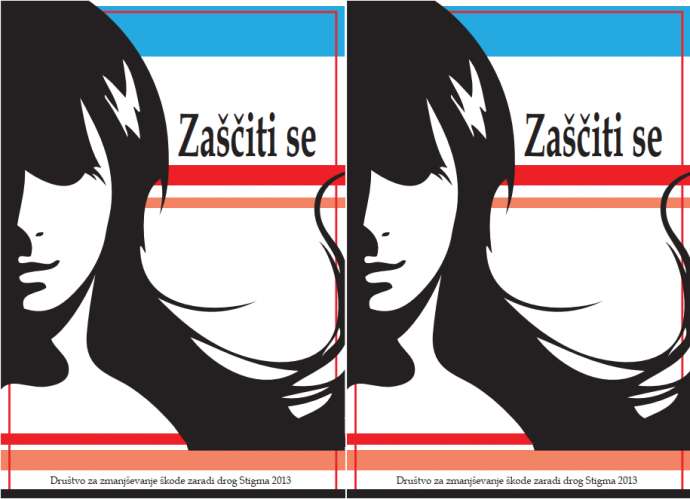STA, 26 October 2020 - The Stigma safe house for women users of illicit drugs marked its 10th anniversary this year. Neva Faninger and Sabina Zorec, social workers working at the house, have told the STA that the facility is a shelter for women who have fallen through the cracks in the social system.
The safe house was set up by the Ljubljana-based Stigma association, which aims to mitigate damage done by drug use. The shelter strives to be something similar to a home where women can put life on the street behind them.
It is one of the few such facilities in the world, and the only one in Slovenia, that does not expect its residents to be completely drug-free when they enter the programme.
The organisation however endeavours to keep the house as drug-free as possible. In the facility and its surrounding area drug use is banned, said Zorec and Faninger. Any illicit drugs brought to the house have to be put away and placed in special lockers.
The association came up with the idea for the shelter having seen how many women who were caught in a vicious circle of drug use and violence had nowhere safe to go, most notably released women prisoners. Their families were often a source of problems and did not provide a safe space.
Stigma stepped in and has since housed women with various stories, including those who do not have a drug problem but have ended up in a situation where the house was their only option.
"The system is rigid, everyone has their own fief and wants specific users, whereas people are complex," said Zorec, calling for a more flexible approach that would acknowledge people's different stories and needs.
"Recently, we admitted a girl who just turned 18. The moment she came of age, she arrived at the house from a youth crisis centre. She does not have an acute drug problem, but her only options were the safe house or the streets," said Zorec, noting that the shelter does not admit minors.
The average age of the residents is 37. Aside from drug use, homelessness and experiences of street or domestic violence, one thing they usually have in common is trauma. They were often either victims of child abuse or sexual abuse later in life. Lack of education and mental disorders are also frequent characteristics of the residents.
"A behavioural disorder label is considered a consequence of drug use, although it is often the other way around," said Zorec.
"They make up for that as much as they want and can in the house," said Faninger, adding that education is the best way out of the vicious circle, even though for many it is also the most difficult path. Residing in the house can be a stepping stone for shelter programmes that require complete abstinence though.
Women may stay at the house for a year and a half with the possibility of extension. Since 2016 the organisation also has two support flats of the Ljubljana housing fund at its disposal for residents who have achieved a certain level of stability.
Zorec and Faninger have noted certain changes during the past ten years; there are more young residents who are barely adults and new psychoactive substances have emerged. Ten years ago, heroin was the drug of choice, now anything that is available counts as long as it serves the purpose of escaping reality.
"Drugs are a way of survival for them, they mitigate struggles that usually stem from childhood," said Faninger.
The facility can admit up to eight women, however the number has recently been reduced to seven since one room has been turned into a potential quarantine space in the event one of the residents is infected with the coronavirus.
Due to the shelter's high hygienic standards, there has been little need to additionally ramp up disinfection efforts since the outbreak, said Faninger.
The safe house hosts workshops and endeavours to get its residents involved in volunteering or to find them work. The staff accompanies and supports them during doctor visits, court hearings or when maintaining contact with their children.
Seven persons are employed at the 24-hour shelter, including three men, which has turned out to be a positive feature. Women can thus see that not all men are perpetrators of violence. The staff members are of different educational backgrounds, ranging from social workers and graduates in comparative literature to engineers.
Discrimination and a social stigma are common features experienced by the residents. Even the staff are often a target of discrimination, especially when they accompany or assist the women in the outside world, said Faninger, adding that prejudices are present among experts as well.
Marking the 10th anniversary, the organisation decided to release a publication by the residents to present the project and show that there are positive aspects, opportunities to change for the better.
You can learn more about Stigma at the group’s website







